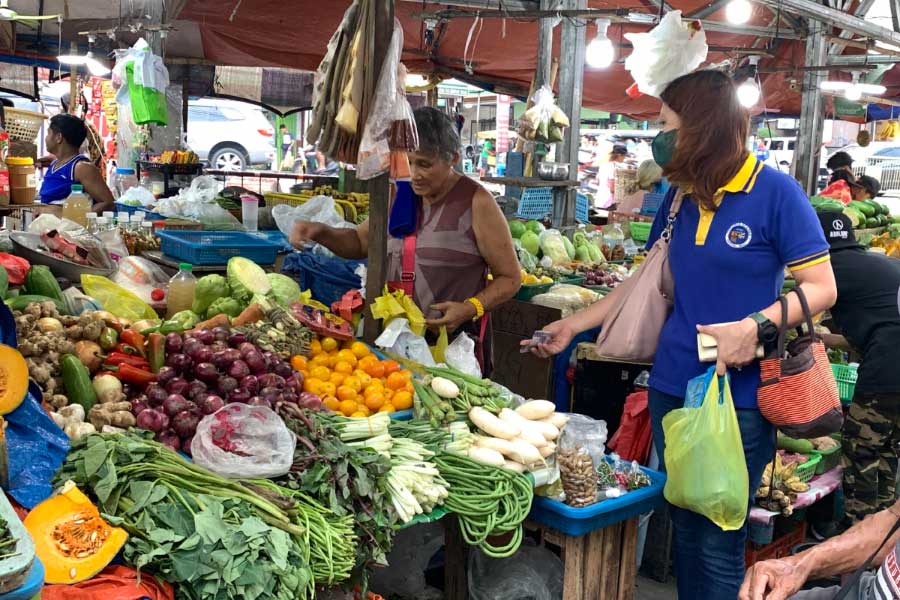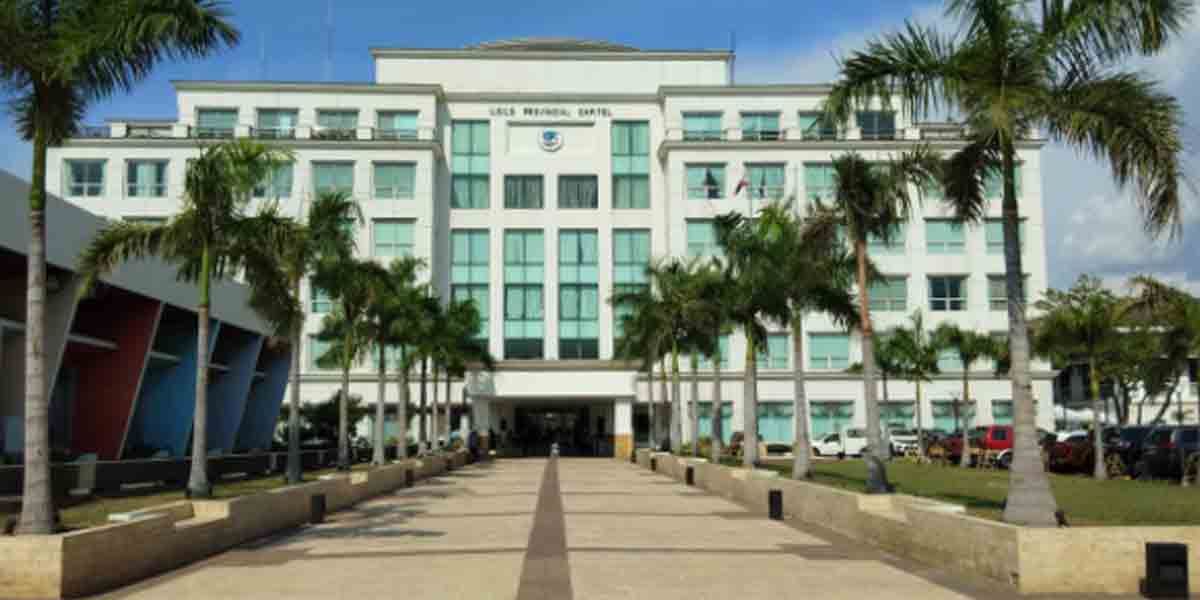
By Francis Allan Angelo
The inflation trend in Western Visayas for January 2024 posted a significant easing, with headline inflation slowing down to 2.0% from 3.2% in December 2023, marking the lowest inflation rate since November 2019, when the monthly inflation was at 1.3%.
This is a stark contrast to the 10.3% inflation rate observed in January 2023, indicating a considerable alleviation in the cost of living over the past year, according to data released by the Philippine Statistics Authority Regional Statistical Services Office VI (PSA RSSO VI).
This regional inflation rate is also notably lower than the national inflation rate of 2.8%, reflecting the unique economic dynamics within Western Visayas.
This marked reduction also contrasts sharply with the higher inflation rate of 10.3% recorded in January 2023, illustrating a substantial easing of price pressures over the year.
Headline inflation is a measure of the total inflation or price changes within an economy, including commodities such as food and energy prices, which tend to be much more volatile and prone to inflationary spikes.
The main drivers behind the downward trend in headline inflation for January 2024 include a slower annual growth in the index of Food and Non-Alcoholic Beverages, which registered a 4.2% inflation rate, down from 7.0% in December 2023.
This sector, which holds a significant weight in the consumer price index, played a crucial role in the overall reduction of inflation rates.
Moreover, lower inflation rates were observed across various other commodity groups, including Alcoholic Beverages and Tobacco, Health, and Transport, among others.
In particular, the Transport sector experienced a decrease in inflation, moving from -1.0% in December 2023 to -1.5% in January 2024, indicating deflationary pressures within that category.
Food inflation, a critical component of the overall inflation figure, also showed a slowdown to 4.3% in January 2024 from 7.3% in the preceding month.
This deceleration was largely attributed to reduced price growth rates in key food subgroups, such as Fish and Other Seafood, Vegetables, and Meat.
For instance, the Fish and Other Seafood subgroup saw its inflation rate drop to 0.0% in January 2024 from 6.5% in December 2023, signaling a stabilization in prices for these commodities.
PROVINCIAL DATA
The detailed analysis across provinces within Western Visayas reveals a deceleration in inflation rates across all six provinces from December 2023 to January 2024.
Guimaras recorded the highest monthly inflation rate at 4.6%, while Iloilo had the lowest at 1.2%.
The highly urbanized cities in the region, Iloilo City and Bacolod City, registered a slowdown in their inflation rates to -1.1% and 2.5%, respectively, from higher rates in the preceding month.
Comparatively, the regional inflation rate’s position below the national level highlights the region’s relative success in managing price increases.
This can be attributed to various local factors, including agricultural productivity and market stability, which might have contributed to lower food inflation, a significant component of the overall inflation calculation.
On a provincial level, the variation in inflation rates underscores the diverse economic conditions across Western Visayas.
The higher inflation in Guimaras compared to Iloilo suggests differing challenges and opportunities in managing costs and prices.
For instance, geographical and logistical factors, local demand and supply dynamics, and the mix of economic activities can influence provincial inflation rates.
Ordinary people in Western Visayas said they felt the impact of these inflationary trends in various ways but they still want some breathing room.
“The slowing price spikes have been a relief for my business. Customers are more willing to spend when prices are stable, and I’m hopeful this trend continues,” a mini-grocery owner told Daily Guardian.
Similarly, a homeowner in Mandurriao district said, “The drop in inflation has eased the burden on our household expenses, especially for utilities and food. It’s a welcome development after the high rates we’ve seen in the past.”
Anthony Aragon, a BPO sector worker, said prices are still high compared to pre-pandemic years but the recent slowdown is a welcome development nonetheless.
“We are finally seeing some relief from the high prices that have burdened Filipino consumers for the past couple of years. While prices are still higher than before, at least recent months show they are becoming more manageable for average families like ours,” Aragon said.
“As a public school teacher, I have had difficulties keeping up with the rising costs of basic commodities,” shared Ronaldo Perez, another BPO employee in lloilo. “I am hoping inflation continues this downward trajectory so I can better provide for my family’s needs.”




















